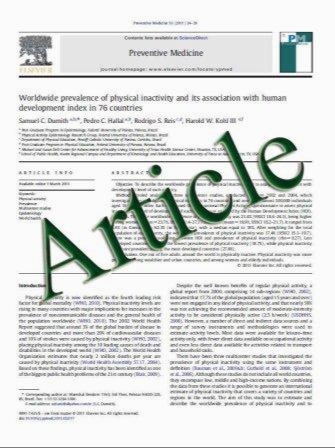Long-Term Efficacy of Adding Fenofibric Acid to Moderate-Dose Statin Therapy in Patients with Persistent Elevated Triglycerides
- نوع فایل : کتاب
- زبان : انگلیسی
- مؤلف : Christie M. Ballantyne , Peter H. Jones , Maureen T. Kelly , Carolyn M. Setze , Aditya Lele , Kamlesh M. Thakker , James C. Stolzenbach
- چاپ و سال / کشور: 2011
Description
long-term efficacy of adding fenofibric acid to moderatedose statin therapy in patients at goal for low-density lipoprotein cholesterol (LDL-C) but with persistent hypertriglyceridemia. Methods This is a post hoc analysis of a subset of patients (N=92) with mixed dyslipidemia treated with moderatedose statin (rosuvastatin 20 mg, simvastatin 40 mg, or atorvastatin 40 mg) for 12 weeks in three controlled trials who had achieved LDL-C <100 mg/dL but whose triglycerides remained >200 mg/dL, and had fenofibric acid 135 mg added to the moderate-dose statin in a 52-week open-label extension study. Lipid and apolipoprotein (Apo) values and the proportion of patients meeting individual and combined treatment targets with combination therapy were determined at scheduled visits during the 52-week study and compared with baseline (start of extension study). Results Addition of fenofibric acid to moderate-dose statin for 52 weeks resulted in significant (P<0.001) improvements in non–high-density lipoprotein cholesterol (non– HDL-C; –9.0%), ApoB (–9.8%), HDL-C (14.9%), and triglycerides (–37.6%) compared with baseline. At final visit, greater proportions of patients achieved optimal levels of individual parameters as well as combined targets of LDL-C+non–HDL-C (60.0% vs 52.2%), LDL-C+non– HDL-C+ApoB (53.3% vs 37.8%, P=0.007), and LDL-C +non–HDL-C+ApoB+HDL-C+triglycerides (25.6% vs 0.0%) than at baseline. Conclusions The addition of fenofibric acid to moderate-dose statin in patients whose LDL-C was optimal but whose triglycerides remained >200 mg/dL led to additional improvements in non–HDL-C, ApoB, HDL-C, and triglycerides that resulted in greater proportions of patients attaining optimal levels of the individual parameters as well as simultaneously achieving optimal levels of these parameters and LDL-C.
Cardiovasc Drugs Ther (2011) 25:59–67 Published online: 18 March 2011


